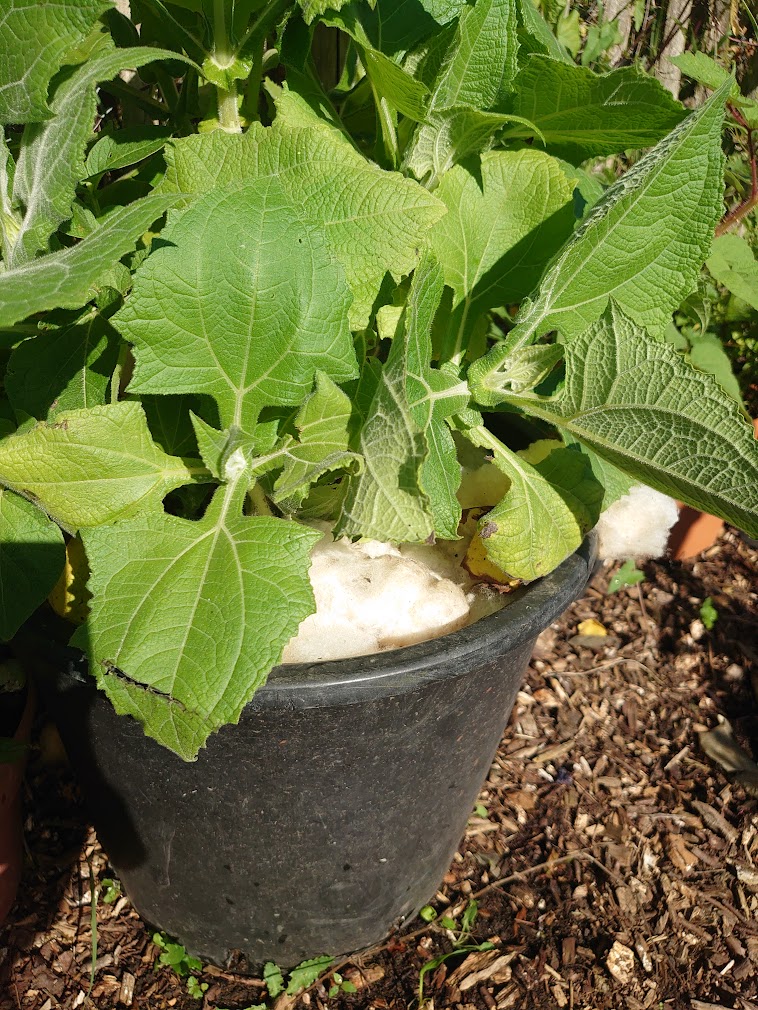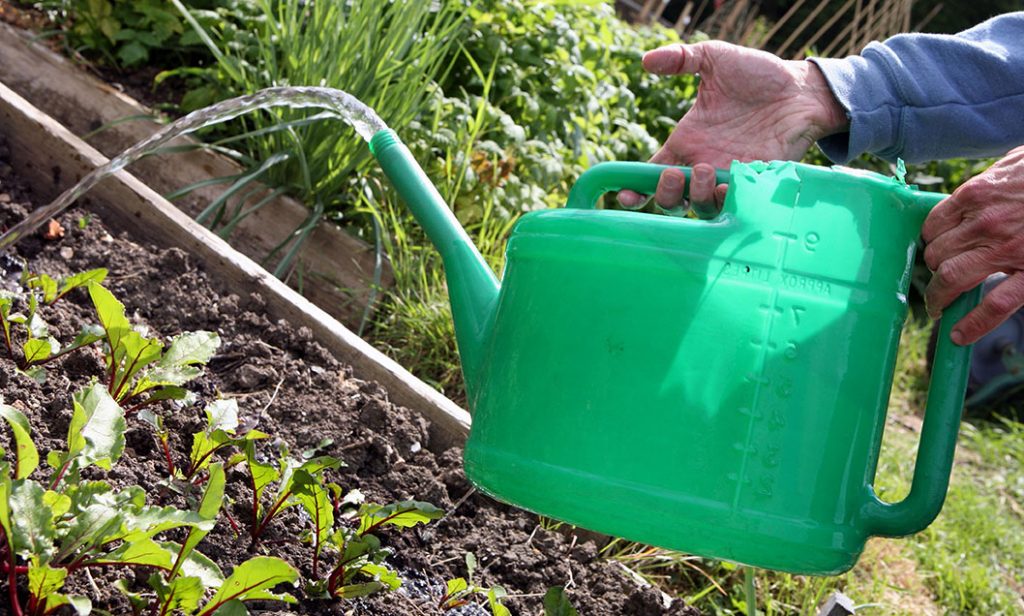Here are a few top tips to help get you through the current drought especially in those areas where you can’t use your hose pipe
- Prioritise the areas of the garden that need water – pots, newly planted trees, shrubs and other plants, the veg plot etc. The lawn is definitely at the bottom of the list as it is resilient and will recover.
- Don’t disturb the soil by weeding etc as this will cause more water to be lost. If you need to remove any weeds, cut them off at ground level and leave the roots in the ground and the soil undisturbed.
- Water in the morning or evening when its cooler so less water evaporates
- Give the plants a good drink around their roots rather than a light sprinkle of water so that the water reaches the roots. This way you only have to water once or twice a week.
- Mulch, mulch mulch. Mulching is the addition of a layer of material over the surface of the soil which will help to trap moisture and reduce evaporation. A mulch could be a layer of compost, grass clippings, bark, wood chip, straw, wool or even gravel.
- Pots are particularly vulnerable and often have to be watered daily. You could move them into the shade while the temperatures are high so there is less evaporation. Small pots could be placed on a tray so any water that drains out the bottom is trapped. Another way to cut down on the need to water it to mulch them. A thick layer of wool / fleece works well. It doesn’t look great, but it is one of the best ways of trapping in moisture. You could even repurpose old wood clothing, blankets and the felt used as insulation in food boxes.
- Don’t forget the grey water from the house – the water from sinks and baths. Its waste water and better it goes on your flower beds than down the drain.
Find out more about creating a drought resilient garden by following Kim and Sally on Instagram. A new edition of the Climate Change Garden comes out in January 2023 – reserve your copy now

